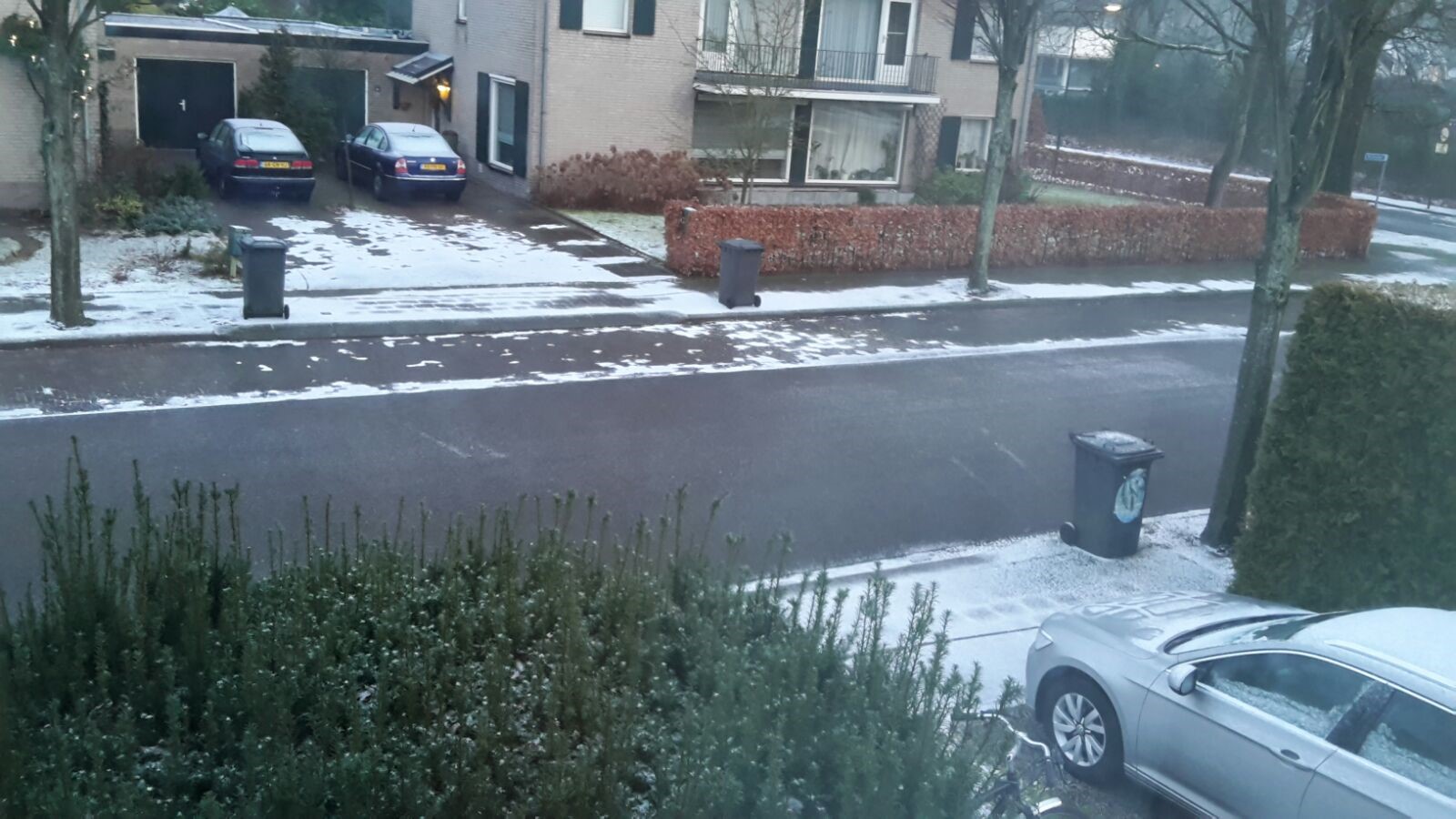A fresh master student sits in a lecture hall with a highly puzzled face, eyes wide open, and a brain at the verge of boiling, thoroughly focused on the professor’s key note on a nasty mathematical problem. Suddenly the professor chants, at the conclusion, “such a beautiful problem”. The only thing you could consider afterwards is banging your head against the nearby wall.
I have a great respect for the word ‘beautiful’. It always portrays all the artistic, aesthetic and appealing objects in this world. But using this beautiful word ‘beautiful’ in mathematics was a shock for me. Doubting my professor’s expertise in both plain English and mathematics is out of question. It compelled me to explore it further and I discovered a huge collection of mathematical jargons that really have a different meaning than plain English. The word ‘beautiful’ in math lingo refers to a mathematical problem/theorem that really enlightens or provides good insight on a mathematical concept.
There are other very interesting jargons. ‘Conservative’ is also in the math lingo family. It’s easier to visualize a conservative person but hard to consider some mathematical object to be conservative. ‘Loosely speaking’ (another math lingo phrase, which refers to a non-exact, imprecise definition) a conservative object doesn’t cover/take into account all potential aspects of the solution. Ironically, there is nothing ‘liberal’ in this lingo. Another professor of mine at TU/e loves to demonstrate math objects (either numbers or variables) as ‘guys’, for example multiplying two numbers as ‘multiply this guy with that guy’. Using math lingo often makes a lecture more lively, provided you understand the word well.
A line is a simple example of curve, it sounds completely weird from a plain English perspective, but it does make sense with the math lingo. Mathematics is also rich with a ‘space’ and contains some ‘nice’ but also ‘ill’ objects. It does suffer from ‘abuse of notations’ for the sake of ‘clarity’ and this list goes on and on.
I was introduced to this interesting language here and now I frequently use this language for my own studies.
M.Mohsin Siraj
















